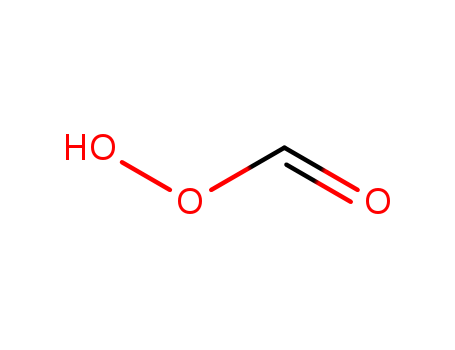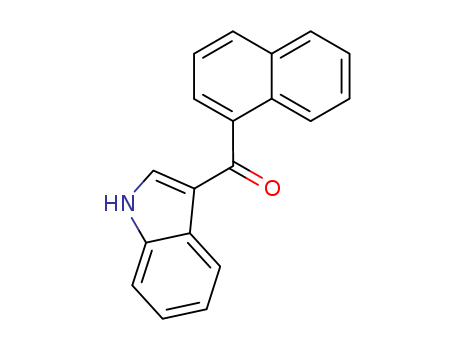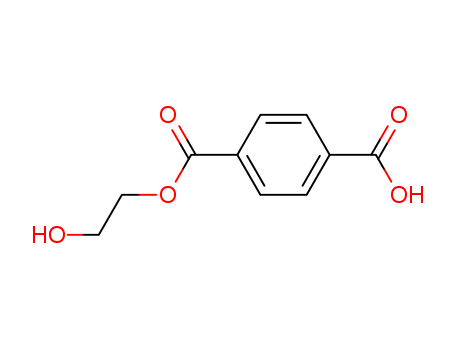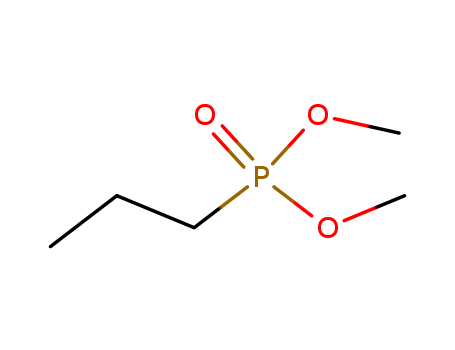- Product Details
Keywords
- Acridine
- 260-94-6
- C13H9N
Quick Details
- ProName: 260-94-6 Acridine C13H9N
- CasNo: 260-94-6
- Molecular Formula: C13H9N
- Appearance: Powder
- Application: 260-94-6
- DeliveryTime: with 15 days after the order confirmed
- PackAge: Aluminium Foil Bag and Paper Drum
- Port: Any port of China
- ProductionCapacity: 1 Metric Ton/Day
- Purity: 99.5%
- Storage: 1MT
- Transportation: By Sea/Air/DHL
- LimitNum: 1 Metric Ton
- Grade: Industrial Grade,Food Grade,Pharma Gra...
Superiority
Our company was built in 2009 with an ISO certificate.In the past 5 years, we have grown up as a famous fine chemicals supplier in China and we had established stable business relationships with Samsung,LG,Merck,Thermo Fisher Scientific and so on.Our main business covers the fields below:
1.Noble Metal Catalysts (Pt.Pd...)
2.Organic Phosphine Ligands (Tert-butyl-phosphine.Cyclohexyl-phosphine...)
3.OLED intermediates (Fluorene,Carbazole,Boric acid...)
4.Customs Synthesis
Our advantage:
1. Higest quality and good package
2.Fast delivery
3.Better payment term
4.Fast response to customer within 6 hours
5.Good business credit in Europe ,US ,Japan ,Korea
Anyway ,if you need any chemicals from China ,Henan Tianfu can help you
Details
| Acridine Basic information |
| Product Name: | Acridine |
| Synonyms: | 10-Azaanthracene;2,3,5,6-dibenzopyridine;2,3-Benzoquinoline;9-Azaanthracene;Aceridine;Acridine;Dibenzo[b,e]pyridine;ACRIDINE, FOR FLUORESCENCE;ACRIDINE 97% |
| CAS: | 260-94-6 |
| MF: | C13H9N |
| MW: | 179.22 |
| EINECS: | 205-971-6 |
| Product Categories: | Highly Purified Reagents;Other Categories;Zone Refined Products;AlphabeticalBiochemicals and Reagents;Fluorescent Stains;Luminescent Compounds/Detection;Nucleic Acid Stains;Stains and Dyes;A;Stains&Dyes, A to;Aromatics;Heterocycles;Intermediates & Fine Chemicals;Metabolites & Impurities;Pharmaceuticals;Aromatics, Heterocycles, Metabolites & Impurities, Pharmaceuticals, Intermediates & Fine Chemicals;Acridine;Fluorescent |
| Mol File: | 260-94-6.mol |
|
|
|
| Acridine Chemical Properties |
| Melting point | 106-109 °C |
| Boiling point | 346 °C(lit.) |
| density | 1,005 g/cm3 |
| refractive index | 1.7270 (estimate) |
| Fp | 346°C |
| storage temp. | Refrigerator |
| solubility | dioxane: 0.1 g/mL, clear |
| pka | 5.58(at 20℃) |
| form | Crystalline Powder |
| color | Yellow to yellow-brown |
| PH Range | Green B uorescence (5.2) to violet B uorescence (6.6) |
| λmax | 358nm, 392nm |
| Merck | 14,122 |
| BRN | 120200 |
| Stability: | Stable. Combustible. Incompatible with strong oxidizing agents. |
| Major Application | Organic light-emitting diode, photoresists, nanosensors, fuel cells, memory device, semiconductors, information storage device, liquid crystal displays, identification of product forgeries, inks, adhesives, textile, hair dyes, gene detection assay, staining cells, biosensors, detecting nucleic acids, proteins, antiHCV antibodies, antibacterial, antiamyloid agents, wound dressing materials, vaccines against infection, allergy and cancer |
| CAS DataBase Reference | 260-94-6(CAS DataBase Reference) |
| Safety Information |
| Hazard Codes | Xn |
| Risk Statements | 22-68-36/37/38 |
| Safety Statements | 22-36-45-36/37/39-26 |
| RIDADR | UN 2713 6.1/PG 3 |
| WGK Germany | 3 |
| RTECS | AR7175000 |
| TSCA | Yes |
| HazardClass | 6.1 |
| PackingGroup | III |
| Toxicity | LD50 s.c. in mice: 0.40 g/kg (Rubbo) |
| MSDS Information |
| Provider | Language |
|---|---|
| ACROS | English |
| SigmaAldrich | English |
| ALFA | English |
| Acridine Usage And Synthesis |
| Chemical Properties | colourless to light yellow crystals |
| Uses | A quinoline derivative used as manufacturing dyes and as intermediate for antileishmanial agents. A catabolic product of carbamazepine (C175840) metabolite. |
| Definition | ChEBI: A polycyclic heteroarene that is anthracene in which one of the central CH groups is replaced by a nitrogen atom. |
| Uses | manufacture of dyes and intermediates; some dyes derived from it are used as antiseptics, e.g. 9-aminoacridine, acriflavine and proflavine. The hydrochloride has been used as reagent for cobalt, iron and zinc. |
| General Description | Small colorless needle-like crystalline solid. Slightly soluble in hot water. Slightly denser than water. Contact may irritate skin, eyes, and mucous membranes. Sublimes before melting when heated. May be toxic by ingestion. |
| Air & Water Reactions | Slightly soluble in hot water. |
| Reactivity Profile | Acridine neutralizes acids in exothermic reactions to form salts plus water. May be incompatible with isocyanates, halogenated organics, peroxides, phenols (acidic), epoxides, anhydrides, and acid halides. Flammable gaseous hydrogen may be generated in combination with strong reducing agents, such as hydrides. Burns to give toxic oxides of nitrogen. |
| Health Hazard | Inhalation irritates respiratory system and causes sneezing, crying, and vomiting. Contact with liquid irritates eyes, skin, and mucous membranes. At high temperature and during sun exposure, damage to the cornea, skin, and mucous membranes may occur following the liberation of Acridine vapor. |
| Purification Methods | Acridine has been crystallised twice from *benzene/cyclohexane, or from aqueous EtOH, then sublimed, removing and discarding the first 25% of the sublimate. The remainder is again crystallised and sublimed, discarding the first 10-15% [Wolf & Anderson J Am Chem Soc 77 1608 1955]. Acridine can also be purified by crystallisation from n-heptane and then from ethanol/water after pre-treatment with activated charcoal, or by chromatography on alumina with pet ether in a darkened room. Alternatively, acridine can be precipitated as the hydrochloride from *benzene solution by adding HCl, after which the base is regenerated, dried at 110o/50mm, and recrystallised to constant melting point from pet ether [Cumper et al. J Chem Soc 4518 1962]. The regenerated free base may be recrystallised, chromatographed on basic alumina, then vacuum-sublimed and zone-refined. [Williams & Clarke, J Chem Soc, Faraday Trans 1 73 514 1977, Albert, The Acridines Arnold Press 1966.] It can exist in five crystalline forms and is steam volatile. It is a strong IRRITANT to skin and mucous membranes and can become a chronic irritant— handle it with CARE. [Beilstein 20/8 V 199.] |
| Acridine Preparation Products And Raw materials |
| Raw materials | ZINC-->N-Phenylanthranilic acid-->9(10H)-ACRIDONE |
| Preparation Products | Carbazole |





 Assessedsupplier
Assessedsupplier










